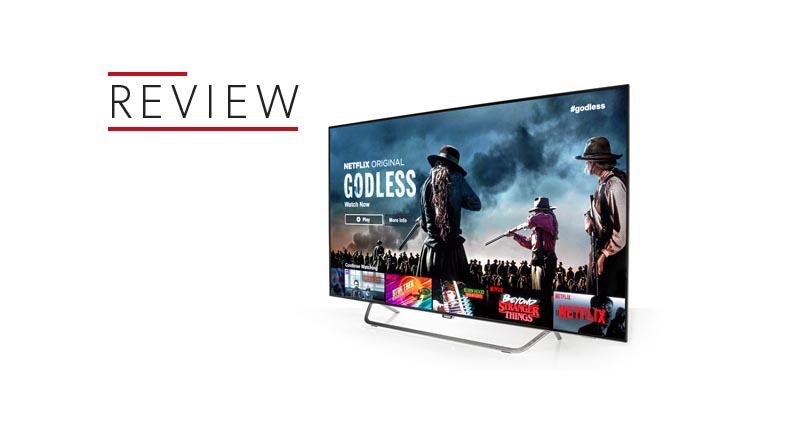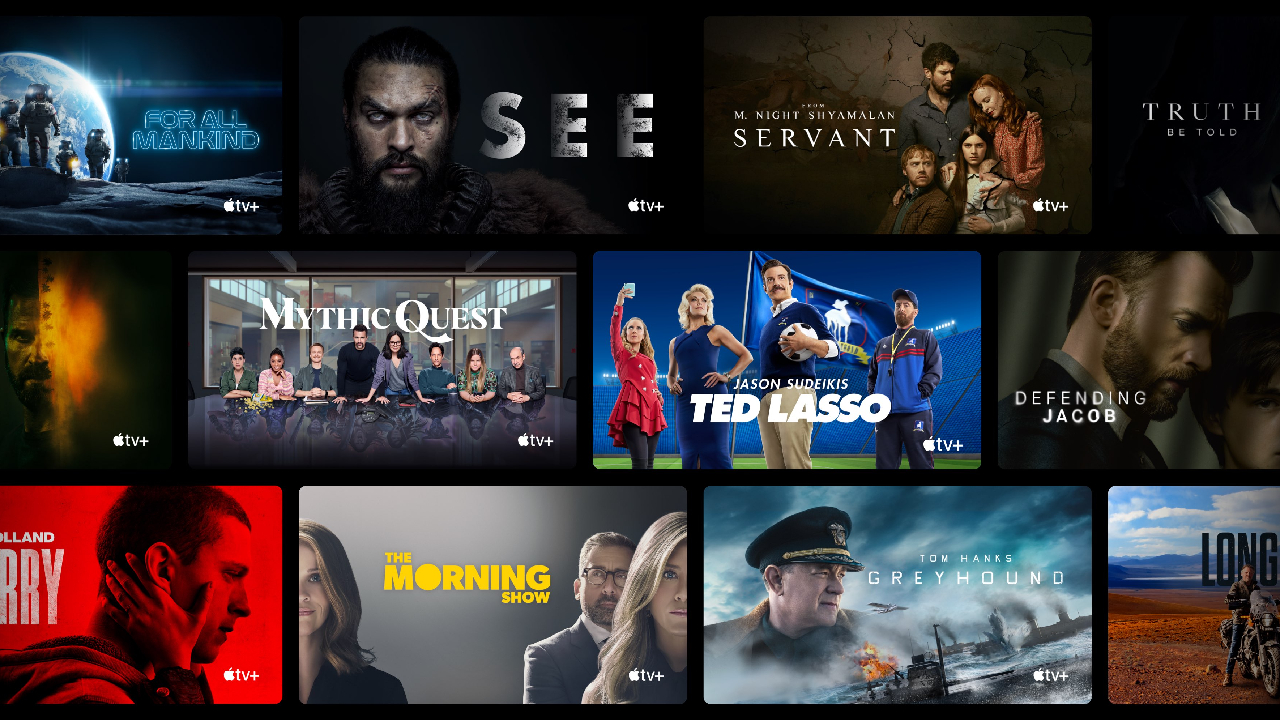What Hi-Fi? Verdict
A real return to form for Philips and one of the finest TVs currently available, particularly for HDR
Pros
- +
Stunning HDR performance
- +
Ambilight is as lovely as ever
- +
Decent sound
- +
Nicely balanced delivery of non-4K content
Cons
- -
Glaring app omissions
- -
Some rivals offer greater nuance
- -
Motion processing isn’t quite perfect
Why you can trust What Hi-Fi?
We’re big fans of Philips’ Ambilight – a technology consisting of LEDs at the back of the TV extending the colours of the onscreen action onto the wall around the set in a way that’s not only spectacular but also makes the screen seem bigger than it really is.
So the idea of an LG OLED panel combined with the tech has us excited from the start. And thankfully, the Philips 55POS9002 doesn’t disappoint. In fact, even without the Ambilight, this would be one of our favourite TVs currently available.
MORE: What is OLED? The tech, the benefits, best OLED TVs, OLED phones
Design
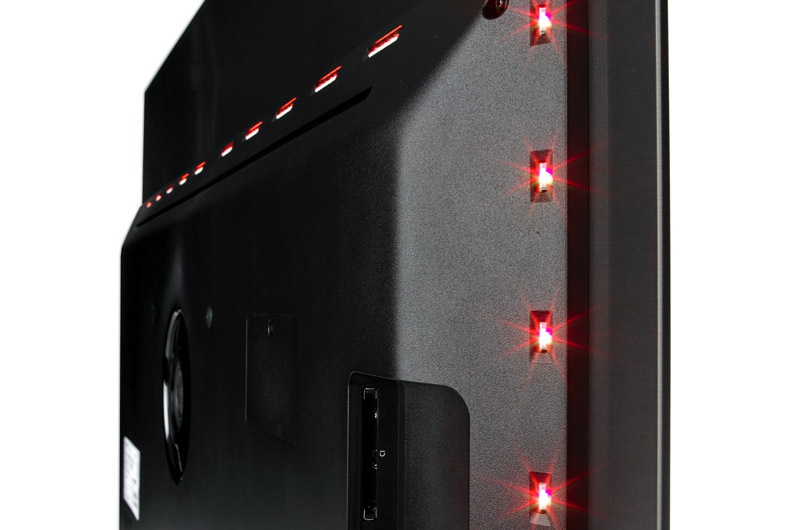
There’s little in the Philips’ physical appearance to suggest anything special. The panel itself is nice and thin, as with all of the OLEDs that have crossed our path this year, but the essential appendage that clings to the back and houses all of the connections and processing hardware is bigger here than it is on LG’s own models.
Though it slightly undermines how impressively thin the panel itself is, the extra girth is largely explained by the Ambilight, which consists of LEDs running around three edges of the extrusion and is, as far as we’re concerned, well worth any extra space it takes up.
The Ambilight doesn’t explain the set’s slightly humdrum face, though. It’s far from ugly but, compared to its LG and Sony rivals, its bezel is thicker and its dainty pedestal less stylish, at least to these eyes. But these things are pretty subjective, and once you turn it on the 55POS9002 dazzles like no rival can.
MORE: OLED vs QLED - which is the best TV technology?
Picture
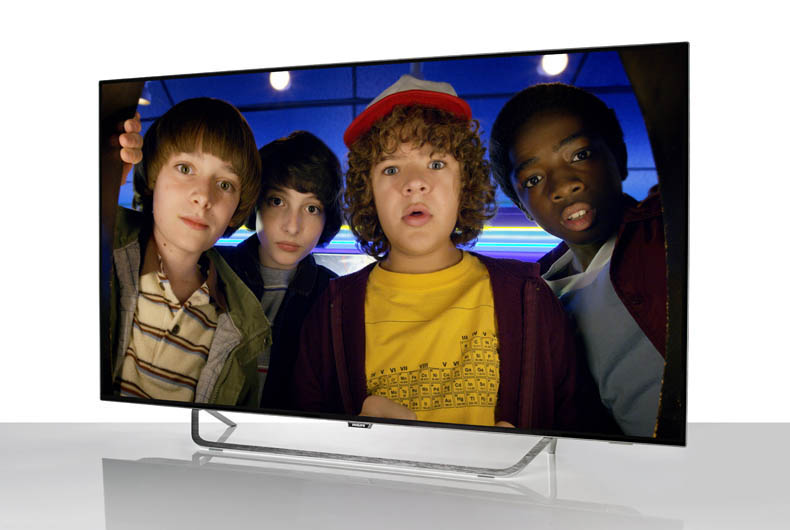
Ambilight is far from the only thing that the Philips brings to the OLED table. Play an HDR film and it’s even better than the Sony KD-55A1, which is high praise indeed.
The first thing you notice is how solid everything seems. Characters and objects pop from the screen with palpable three-dimensionality, drawing you into the scene. It makes the A1 look flat by comparison, which we weren’t expecting.
It’s incredibly lush and vibrant, too – the fight scene with the rainbow-spewing tentacle-monster in Guardians Of The Galaxy Vol. 2 is a feast for the eyes. Each tile on the platform that the battle takes place on is crisply defined, while the sci-fi generators dotted around its edge glow with an orange light so radiant that you can almost feel their heat.
MORE: HDR TV: What is it? How can you get it?
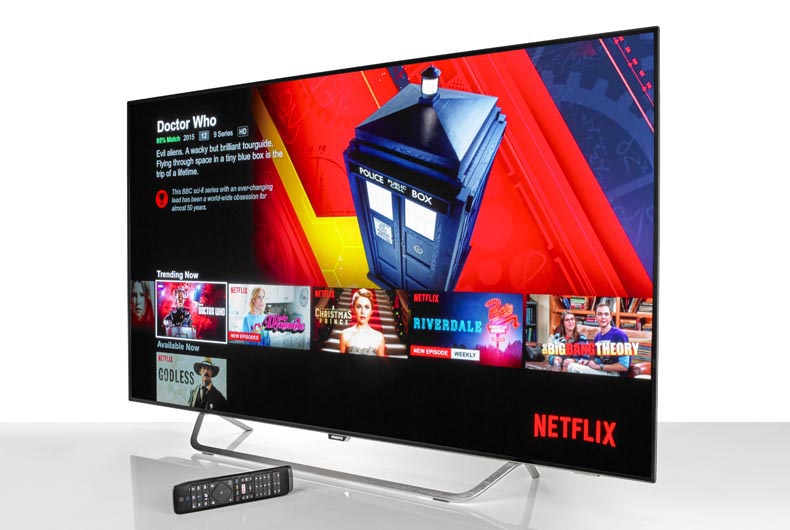
Each generator has a ring of rings whizzing about near the core, which are sparkling balls of chaotic, fiery energy. The Philips does an incredible job of contrasting the darkest and brightest parts of the swirling flames. It’s mesmerising in its spectacle.
There’s enhanced reflectivity to materials, too, from those metallic tiles to the Guardians’ chest armour, and detail is rendered in stunning clarity – each of the tiny cracks and lines in Groot’s ‘skin’ is revealed, lending even greater texture.
This vibrancy has lots of positive benefits, such as revealing a reddish tinge to Rocket’s fur and making Gamora’s green skin a little more vivid, both without ever veering into over-exaggeration. However, some rivals (yes, the A1) are a little more neutral and nuanced in their delivery and produce more natural human skin tones with more subtle gradients.
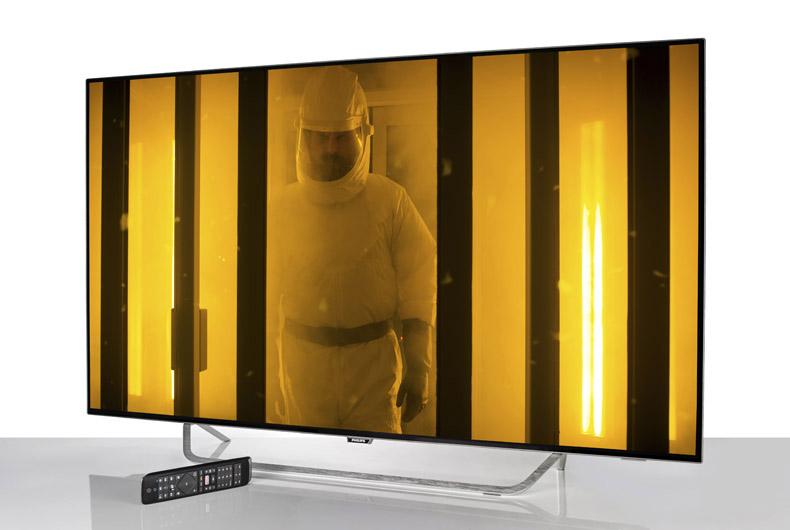
The Philips isn’t the best handler of motion, either, with the standard modes proving unnatural, even the minimum processing options add artefacts that we’d rather avoid. Switching the motion processing off entirely is our preference, even though the result is a bit of judder to scenes with rapid action.
On balance, we’d take the Philips over the Sony for HDR content. And it’s worth bearing in mind that we’ve long remarked on how much of an improvement the A1 is over the LGs with which it shares a panel. Does that make the Philips 55POS9002 our favourite current TV when it comes to playing HDR content? Actually, it does.
With 1080p, things are a bit less clear. The image is a touch softer than we’d expect, suggesting the upscaler is a little less capable than that of some rivals. Motion handling continues to be a slight black mark against it, at least in comparison to the Sony A1, but this is still a very good picture.
Features
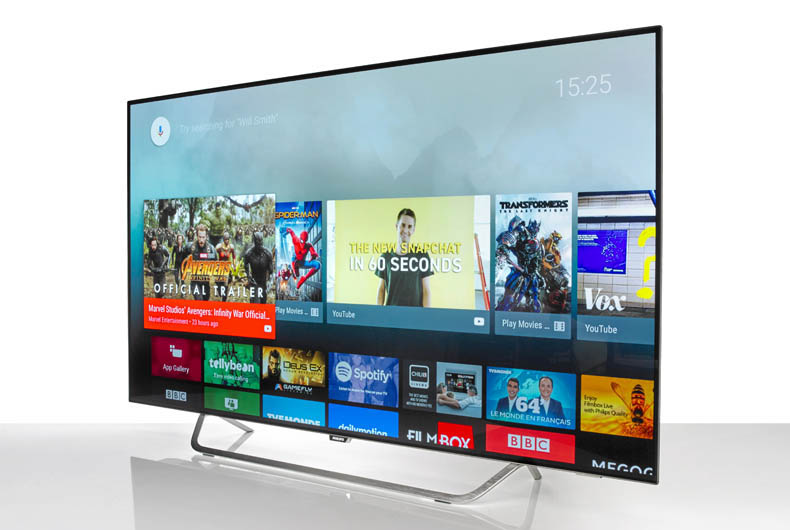
We’ve often questioned the usefulness of video streamers such as the Roku Streaming Stick+, but they’re perfect for someone who buys the Philips 55POS9002. That’s because, unlike almost every other smart TV currently available, it lacks a number of key apps.
Netflix is there in full 4K HDR trim, and you of course get the BBC iPlayer, but the lack of Freeview Play, as well as dedicated apps for ITV Hub, All 4 and My5, means catch-up content is thin on the ground compared to most rivals – and Amazon Prime Video is missing entirely. That a £2000 TV in 2017 is without these is poor, although the fact that it can be remedied by spending an extra £80 on the Roku means it’s not a massive problem - even if the principle is wrong.
The absence of these apps doesn’t appear to be a result of the Philips running the Android TV operating system, as the Sony A1 has more of the apps in question, most notably Amazon Prime Video, in 4K HDR form, no less.
Conversely, the Android OS performs significantly better on the Philips TV than it does on the Sonys we’ve seen this year. Presumably this is at least partly thanks to the P5 Engine, which is said to be significantly more powerful than the processors in most rival TVs. Certainly this is a much snappier user experience with none of the lagging and pauses seen on the Sony A1.
That isn’t to say that we’ve suddenly fallen in love with Android TV – it still makes for a messier, less user-friendly experience than that offered by the bespoke operating systems of Samsung and LG, for example. It does seem to be moving in the right direction with each update, though.
MORE: Best 4K OLED TV deals
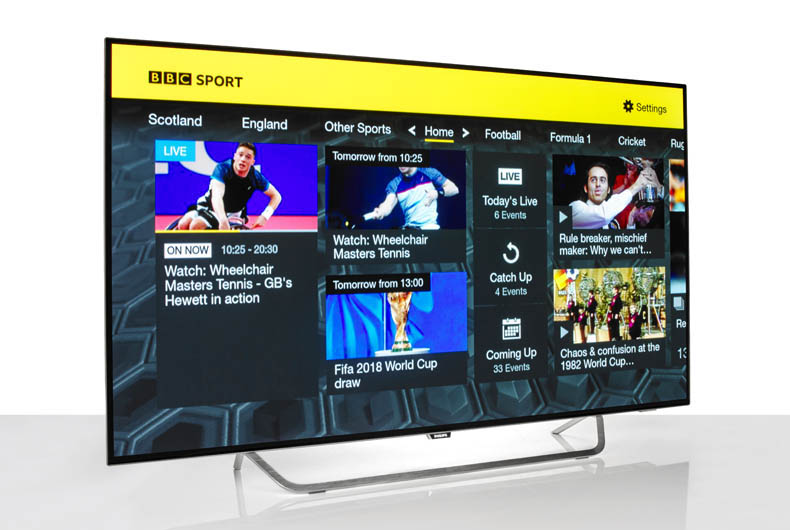
With HDR, the Philips clearly goes down the vibrancy route, but it’s far more neutral with 1080p, which is to its credit. There’s real balance here, with the TV giving you what appears to be a true rendition of a film. You won’t be wowed by the Full HD performance as you will by 4K/HDR, but there’s also precious little to complain about. This is a lovely picture.
Even standard-def is perfectly passable. The Pointless studio is a mess of garish colours and bright lights, but when set up correctly, the Philips does a good job of keeping it all under control. SD is quite fuzzy, as you’d expect, but watchable too – just don’t expect LG levels of upscaling magic. HD via the tuner is a predictable improvement, particularly in terms of colour reproduction and sharpness.
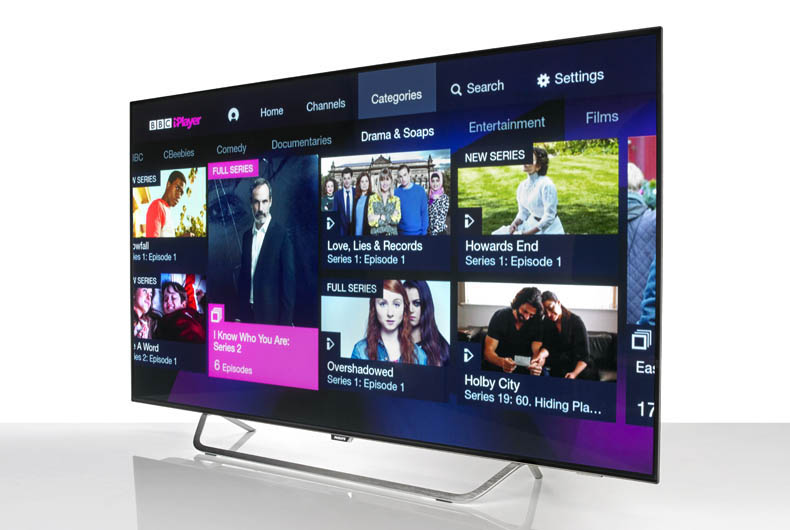
Gamers should be satisfied with the performance of the 55POS9002. We measured input lag at 38ms, which, while not as lightning-fast as some rivals, dips under the 40ms figure that’s generally regarded as the point that it becomes noticeable. Games such as Horizon Zero Dawn look incredible on this TV, particularly in HDR and with the added Ambilight.
Getting the Philips to perform isn’t as straightforward as we’d hoped, thanks to a large number of presets, none of which quite hit the sweet spot, and a vast quantity of extra settings to tweak and experiment with.
Philips should be applauded for including a basic picture calibration feature as part of the first-time set-up process, but it shouldn’t be relied upon if you’re serious about getting the best picture possible. We also like that the company has simple descriptions and illustrations for each setting.
After much experimentation, we settle on the Movie preset for standard dynamic range (SDR) content, and HDR Movie mode for high dynamic range content. Both need additional tweaks, though: we add a few points to Sharpness, switch the Colour Temperature to Normal and turn the motion processing off.
MORE: How to set up your TV and get the best picture
Sound
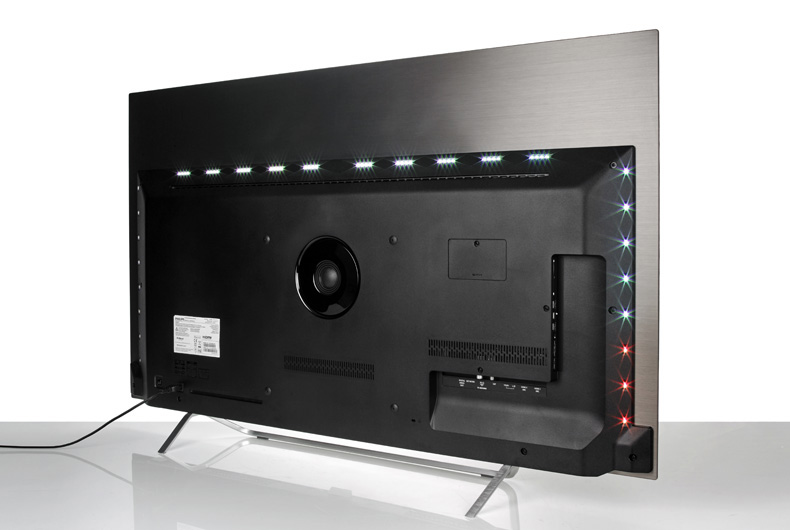
In terms of sound, the Philips 55POS9002 doesn’t have the ambition or sophistication of the Sony A1, but it’s certainly not bad in its own right and is at least a match for LG’s entry-level OLEDs. It lacks a little spaciousness and dynamism, but there’s decent weight and overall balance, with clean, controlled treble and clear voices.
The surround sound mode can have a positive effect on the right content. With Guardians Of The Galaxy Vol. 2, for example, it adds a nice width to the soundstage that makes the big battles sound more open and spacious without becoming artificial. It’s a bit too much for everyday TV viewing though.
MORE: Best OLED TVs
Verdict
The Philips 55POS9002 is a real surprise. It’s been a long time since the brand properly floored us with a TV, but this OLED has done just that. HDR content on this TV is simply spectacular – even better than on the Sony A1, and that’s really saying something. It can go toe-to-toe with most rivals with Full HD, too. And then, of course, there’s that lovely Ambilight, which only enhances the visual excitement.
In short, this is a superb TV, and yet another enhancement of LG’s OLED tech. If HDR is your prime concern (and it should be) this should be right at the top of your new telly shortlist.
What Hi-Fi?, founded in 1976, is the world's leading independent guide to buying and owning hi-fi and home entertainment products. Our comprehensive tests help you buy the very best for your money, with our advice sections giving you step-by-step information on how to get even more from your music and movies. Everything is tested by our dedicated team of in-house reviewers in our custom-built test rooms in London, Reading and Bath. Our coveted five-star rating and Awards are recognised all over the world as the ultimate seal of approval, so you can buy with absolute confidence.
